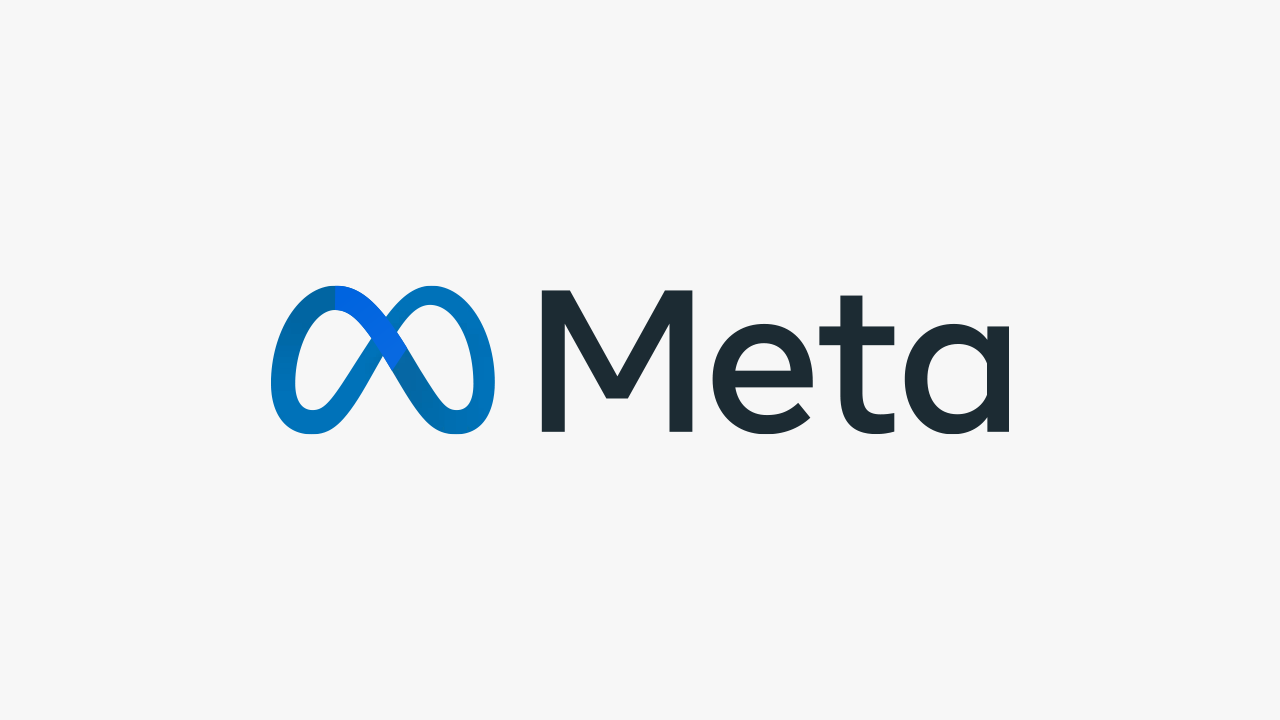Meta is launching a paid subscription service for Facebook and Instagram, for $11.99 on the web or $14.99 on iOS per month.
Meta Founder and CEO, Mark Zuckerberg, announced that the social media juggernaut is launching ‘Meta Verified’, which will provide users with a blue verified checkmark and features including "extra impersonation protection."
Users were quick to compare the new service to Twitter Blue, a paid subscription service introduced by Elon Musk which also charges users for a blue checkmark and similar features.
What’s on offer?
In order to be verified, users will need to submit their government ID. Once they’re granted access to Meta Verified, the service will provide its new subscribers with a number of added features:
- A blue verified checkmark/badge
- Extra impersonation protection and monitoring
- Prioritised visibility in other user’s comments
- Boosted recommendations on the Explore page and in Instagram Reels
- Direct access to customer support
- Exclusive stickers in Instagram Stories
“This new feature is about increasing authenticity and security across our services,” Zuckerberg explained in the announcement post he shared on Facebook.
The service is set to launch this week in both Australia and New Zealand, but is expected to be introduced in the US and other countries in the months ahead.
Take a tip from Twitter
Verification badges on Meta were previously given to notable users, exclusive only to politicians, celebrities, media, and organisations in order to indicate their legitimacy. With Meta’s new subscription service now resembling that of Twitter Blue’s, what can it learn from their mistakes?
It was only December when Twitter launched its improved and updated Twitter Blue service, which came after a rollercoaster ride of pulls and delays from Elon Musk after users took advantage of the verification feature by impersonating numerous organisations and celebrities.
However, it seems as if Meta has learnt from Twitter’s past mistakes, as a Meta spokesperson was quick to ensure that Meta Verified has impersonation protections in place, with “proactive monitoring”.
In order to be approved for verification, users must be at least 18 years old, meet minimum account activity requirements, and submit a government ID that matches their profile photo and name. Users also won’t be able to change certain profile details, such as their username or profile photo, without first going through the application process again.
The spokesperson also clarified that businesses will not yet be eligible for the service application.
The cause behind the change
The question many might be asking right now: ‘why is Meta introducing a paid subscription service now?’
It’s fair to say that Meta was slightly behind its competitors when it comes to this type of service. Before Meta Verified was added into the social subscription game, we had Snapchat+, Twitter Blue, YouTube Premium, Reddit Premium - and that’s just to name a few.
Meta has been inspired by a variety of features originating from its competitors in the recent past. Take Instagram Reels for example, which was introduced in 2020 in response to TikTok’s success, which eventually caused some frustration among users and even the platform’s head, Adam Mosseri, who agreed the platform had ‘gone too far into video’.
Similarly, Instagram recently announced ‘Instagram Candid’, a new feature which allows users to capture and share what you’re doing right now in a story that’s only visible to those who also share their own. This was instantly labelled ‘a BeReal clone’ and added to the continuing narrative of Instagram being the ‘copycat’ social platform.
Subscription services on social media have become the latest trend for the majority of major platforms to follow, and with these potentially providing higher ARPU, Meta may be hoping to boost its revenue.
This comes as no surprise, we saw Meta's revenue decline for the first time in its 15 year existence last year. Meta Verified is tasked to both diversify its revenue mix, as well as to battle Meta’s challenges to its ad business.









